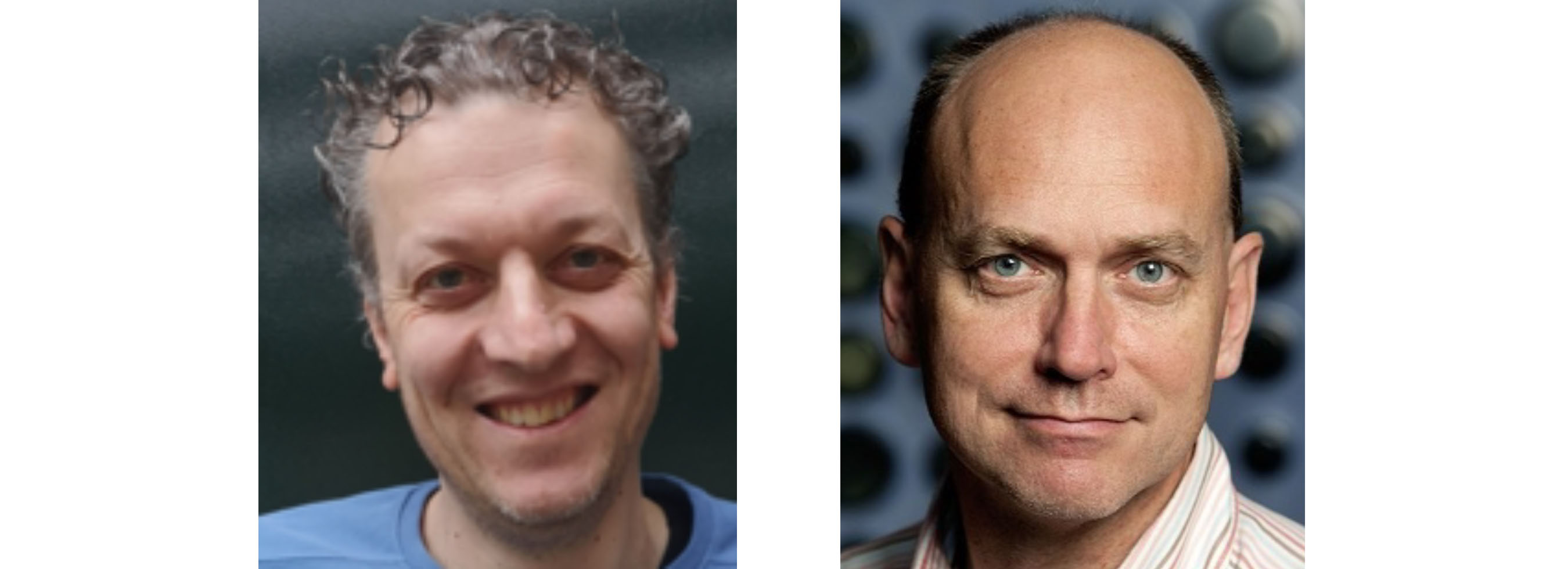
Dr Christiaan de Kock specialized in linking neuronal activity in behaving rodents to cell type identification and prof. Cyriel Pennartz, an expert in electrophysiological recordings in behaving rodents, will investigate which ensembles and (identified) cell-types causally underlie multisensory behavior. This collaboration was initially launched with support from the Amsterdam Brain & Mind project and is now strengthened with the collaborative grant from NWO.
See, touch, feel! How does our brain combine different senses?
Our brain has specialized regions to encode information from our five main senses. To experience the world around us, senses need to be combined, but we do not yet understand how our brain performs this function. De Kock and Pennartz will test the hypothesis that the cerebral cortex combines information already in areas specialized for a single sense. They will record brain activity in behaving animals performing a combined touch-vision task to understand how multisensory information is coded. Detailed understanding of the mechanisms operating at the level of cells and brain systems can provide clues to develop therapeutic treatments after brain damage.

Dr Erik Bakker works together with Prof. Matthias van Osch from Leiden University Medical Center. Together they received the NWO grant for their project on sleep.
Cleaning up the brain while you sleep
Several types of dementia are associated with the accumulation of toxic waste materials in the brain. It is still unclear how waste is removed from the brain. There is evidence that suggests that perivascular spaces play an important role in clearance. These perivascular spaces are unique to the brain. In this project, Bakker and Van Osch study whether pulsations, induced by the heartbeat, respiration, and/or vessels, facilitate clearance via this perivascular pathway and what the role of sleep is in this process.
Source: NWO
